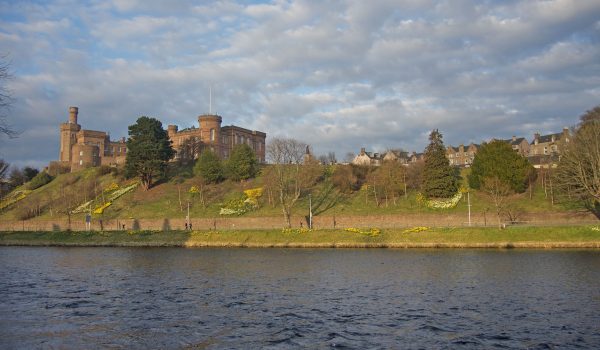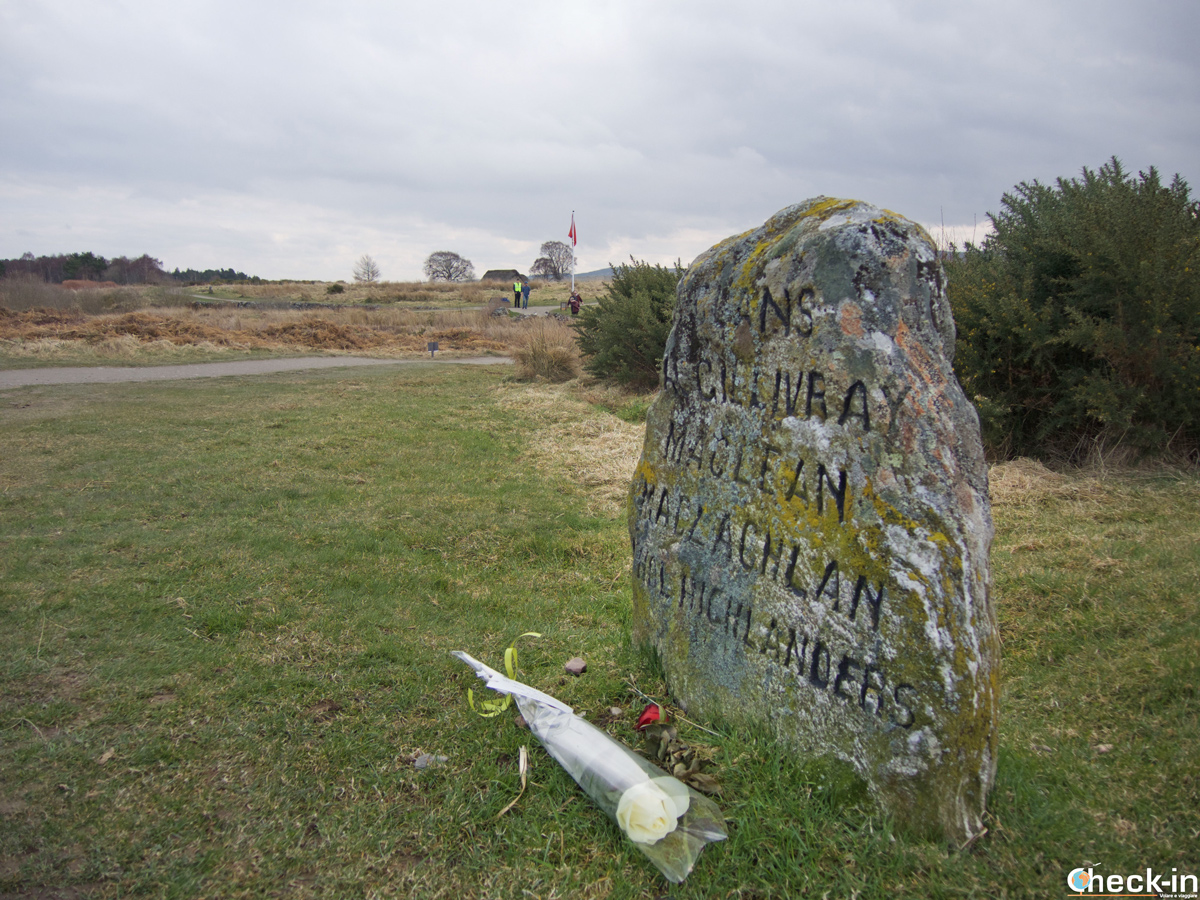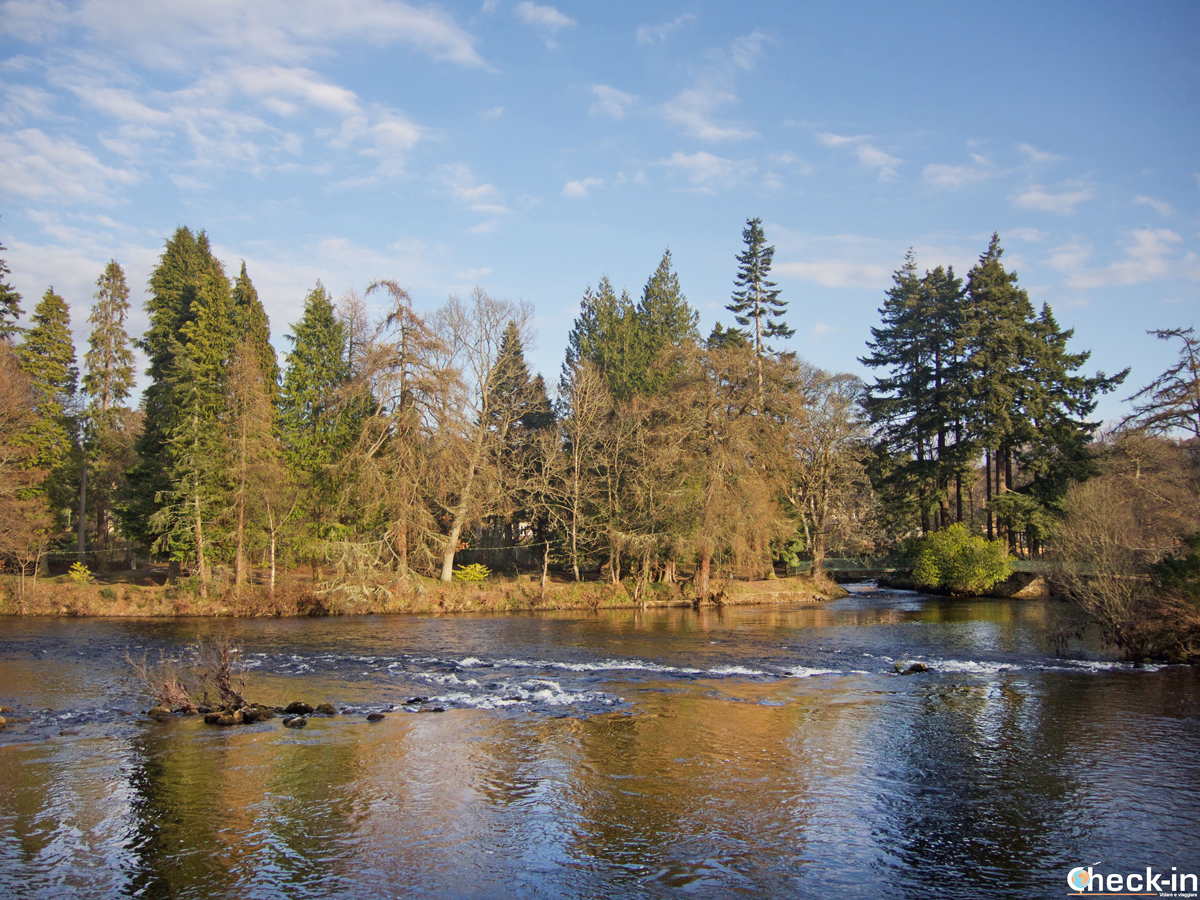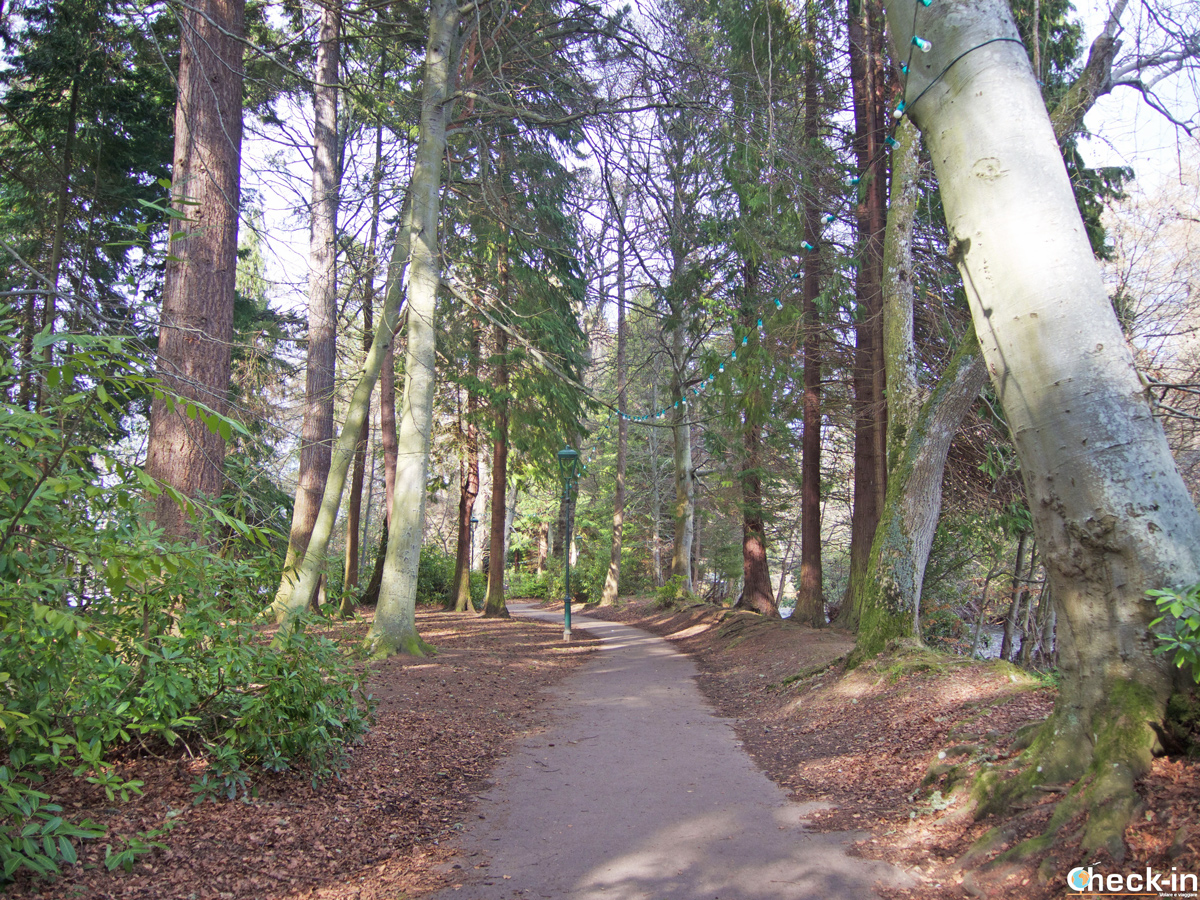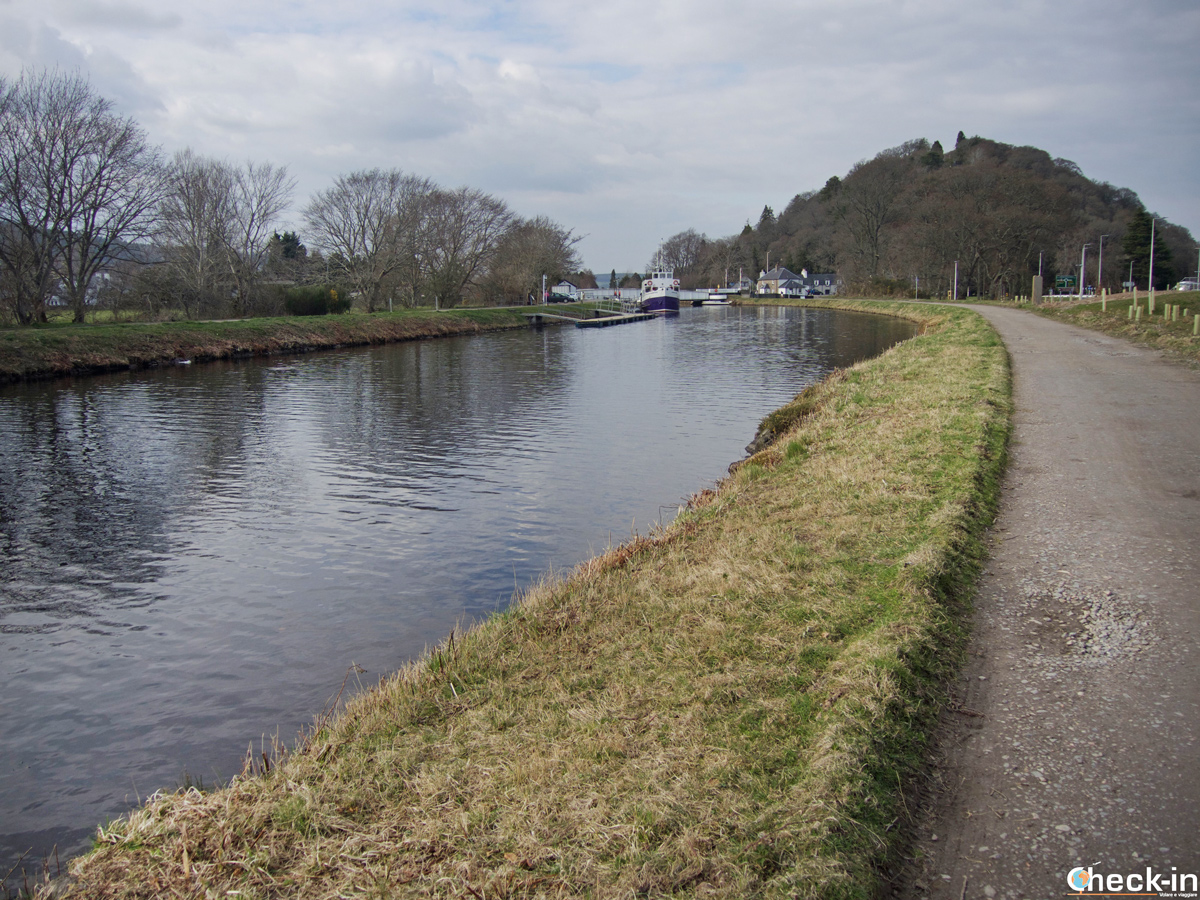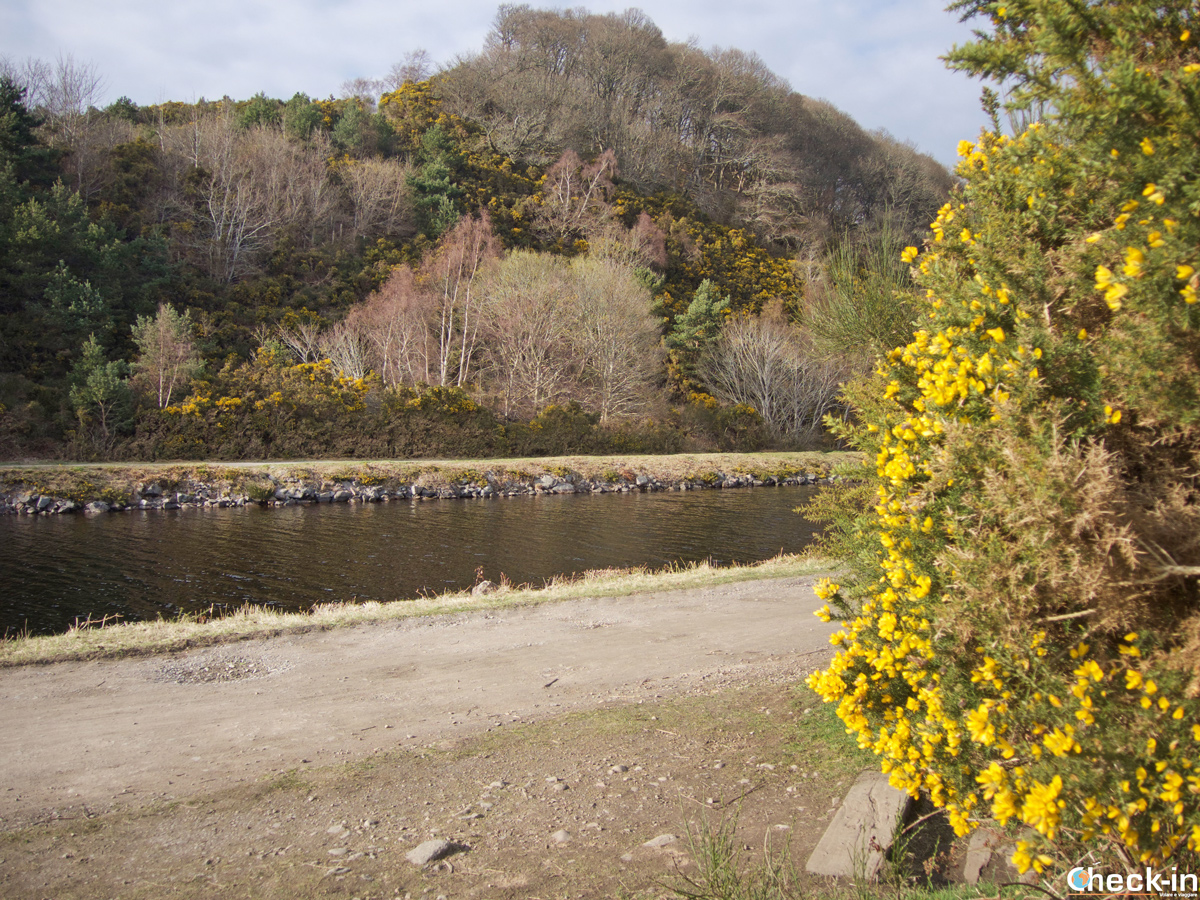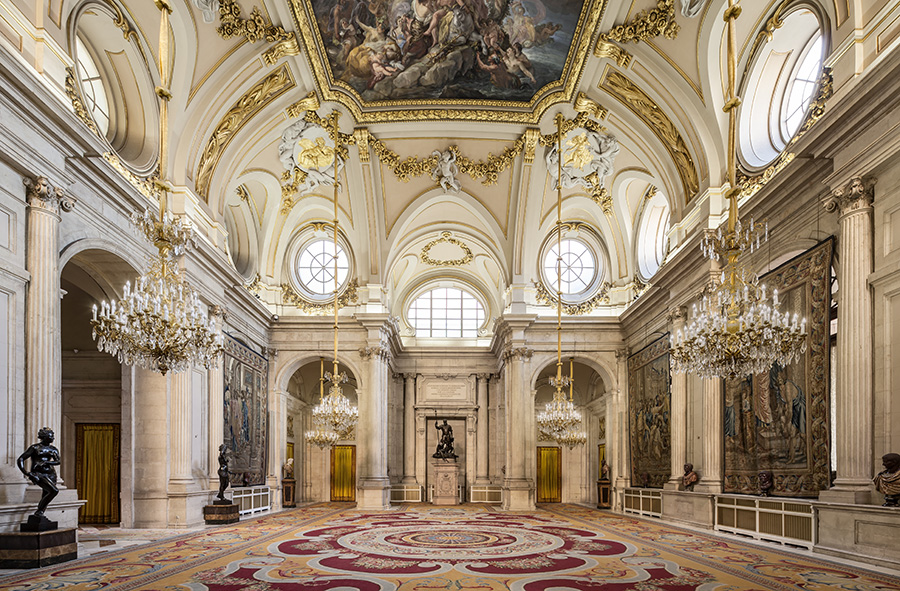The second day
The next 24 hours are dedicated to the surroundings of Inverness. I suggest you some options then it’s up to you to choose which one(s) you prefer.
For example, you can visit Culloden Battlefield, the last battle fought on Britain soil. It happened on the 16th of April 1746, with the final defeat of the Jacobite forces of Charles Edward Stuart against the government troops commanded by the Duke of Cumberland. The fight lasted just one hour and changed the way of life of the Highlands. The battlefield has free access and you can follow the footpaths to discover how the two sides marched against each other. Then, pay a respectful visit at the clan grave markers remembering all the Highlanders – between 1,500 and 2,000 – who lost their life here.
Then, the new visitor centre absolutely deserves a visit because it features an immersion cinema where to experience the cruelty of the battle with a 4 minute long and 360 degree film. In the exhitibion you can admire Jacobite artefacts, including weapons, clothing and coins and learn more about the Jacobite Rising as seen from both sides.
Culloden is easily reachable from Inverness by bus. Just take the Stagecoach bus service n. 5, the return ticket costs £4.20 and it’s valid throughout the day. Due to Outlander tv series, the historical sites has become really popular, lots and lots of people come here to pay their tribute to clan Fraser (even if Jamie is only a fictional character). For this reason my suggestion is to visit the battlefield in the early morning, with less tourists around.
Related to the Diana Gabaldon’s romance, not far from Culloden there’s Clava Cairns, one of Scotland’s most evocative prehistoric sites. The place is a well-preserved Bronze Age cemetery including ring cairns and standing stones. Speaking of stones, it’s believed that these inspired Gabaldon for the ones that appear at Craigh Na Dun, an existing hill – though with a different name – located few miles from Kinloch Rannoch in Perthshire.
Back to Inverness, there’re two more valid ideas for a lovely excursion remaining close to the city centre. Several bridges link the Ness Islands with the city and it’s really a popular walk for tourists and locals as well.
Apart from natural beauties and wildlife, there’re play facilities for children at Whin Park and also the botanic Gardens. The route is circular so that means you can make it as long or as short as you like.
Then, from the Ness Islands it’s possible to extend the walk and reach the Caledonian Canal, designed by Thomas Telford and opened in 1822. This masterpiece of canal engineering follows the length of the Great Glen connecting Inverness to Fort William.
I’ve explored a part of the section that leads to Dochgarroch (12 km in total) and it’s a very pleasant walk surrounded by nature with stunning sights and colours especially during springtime.

